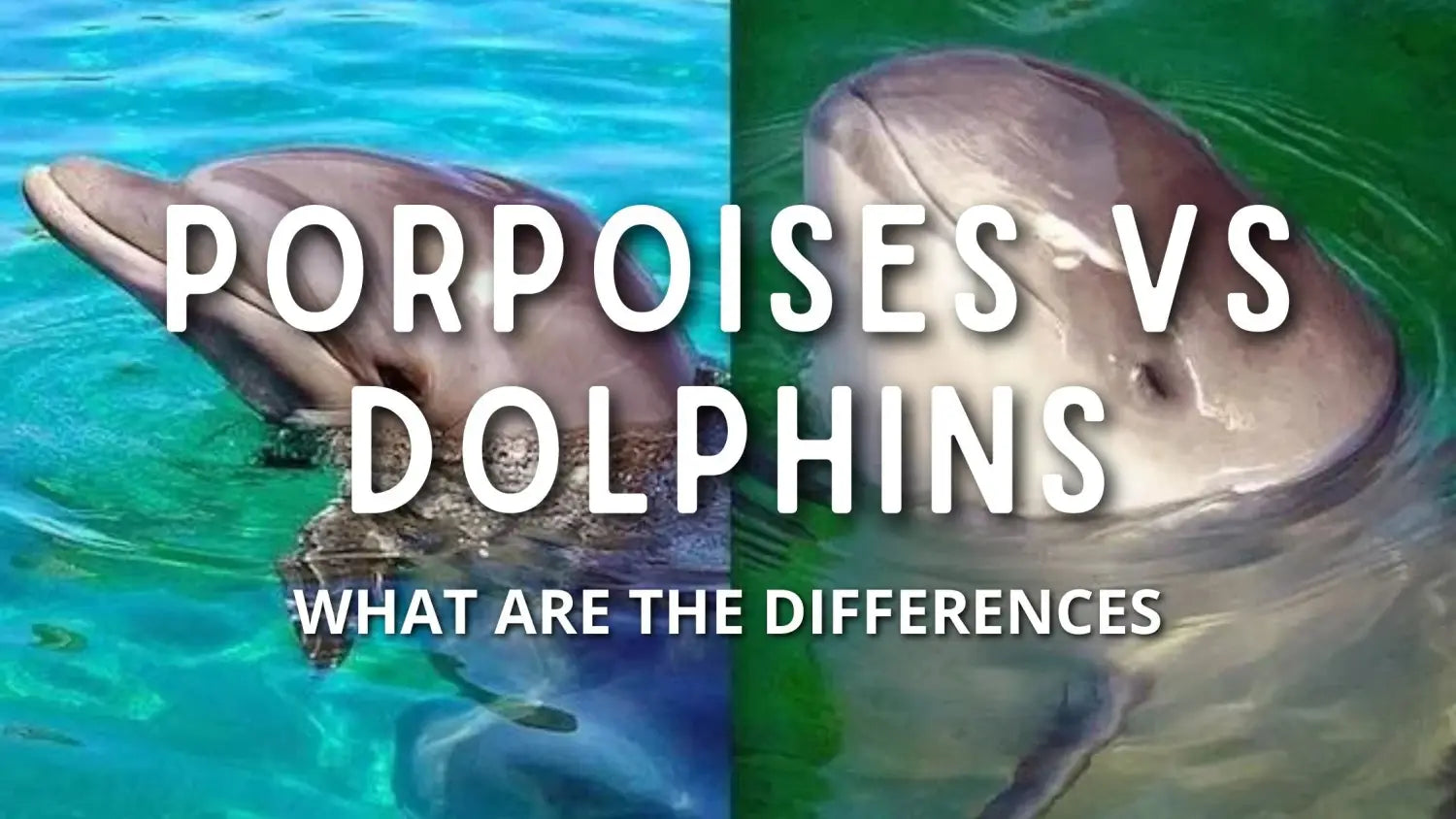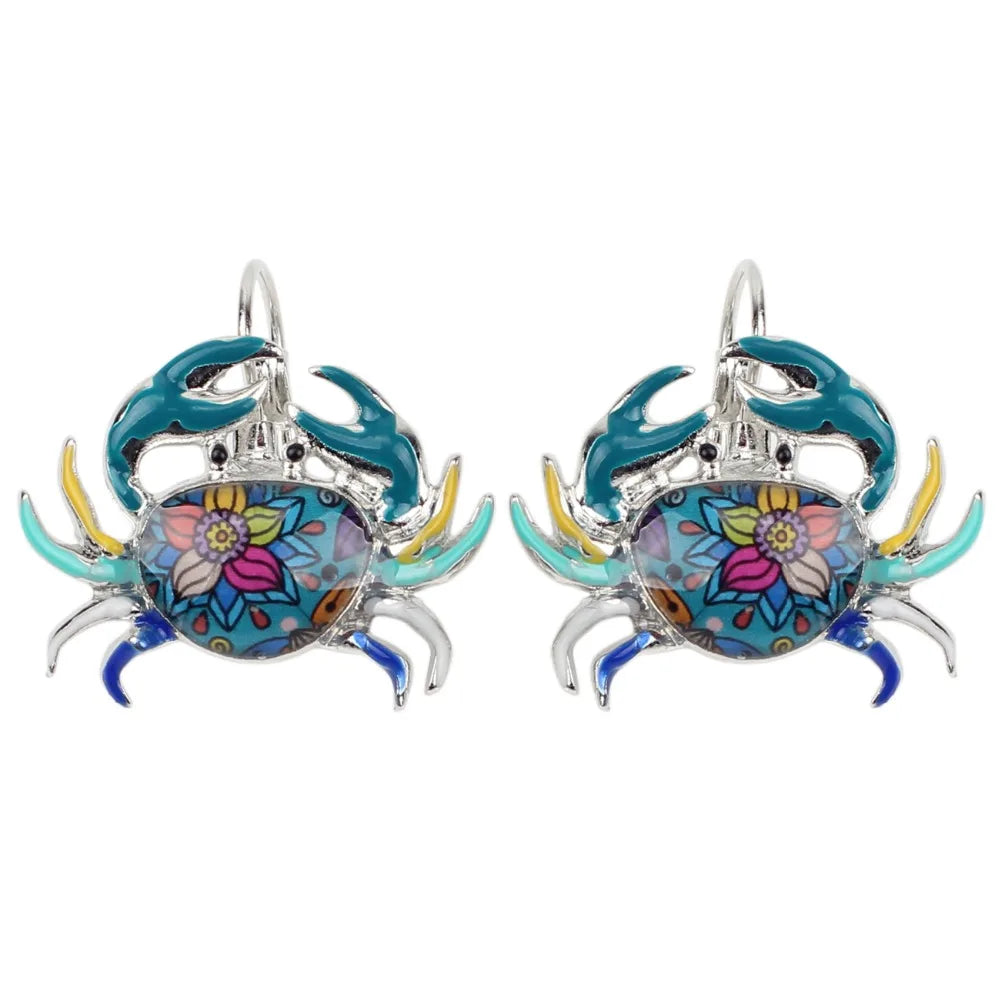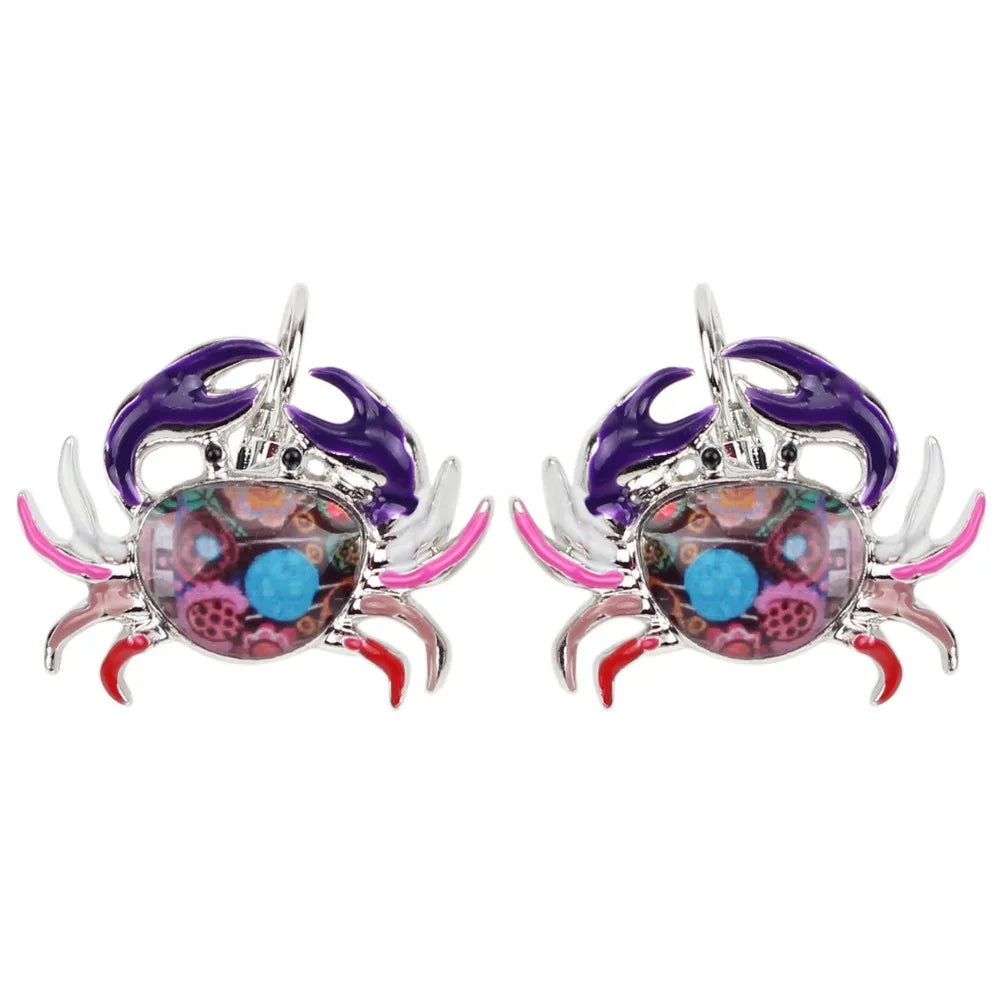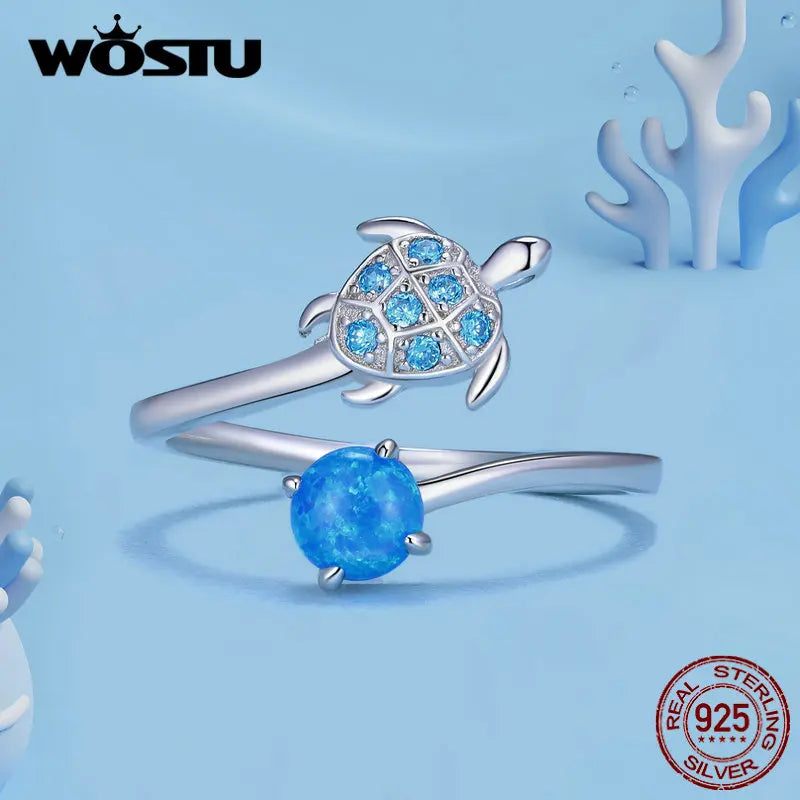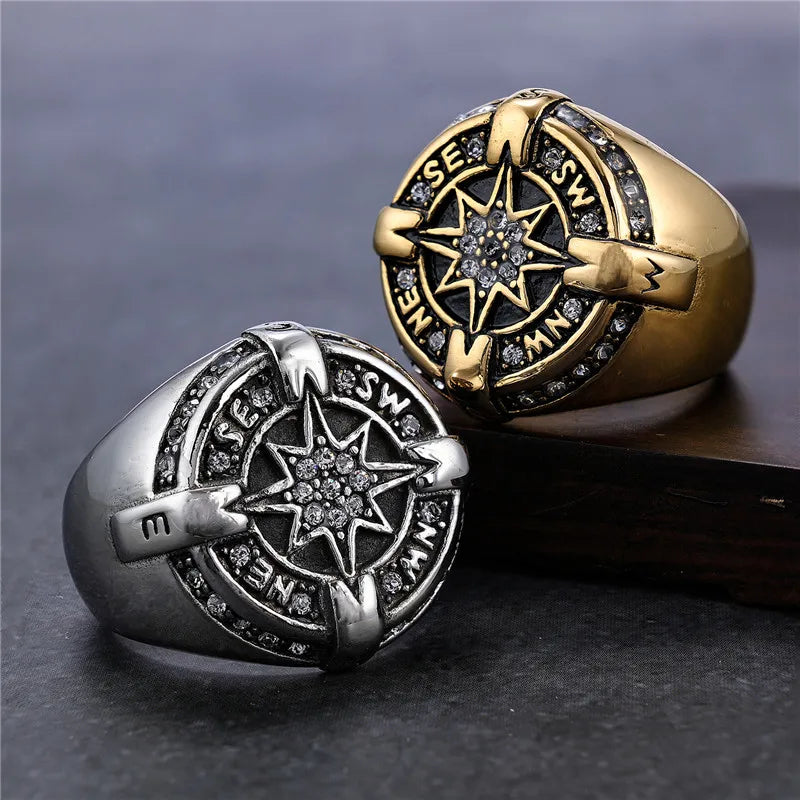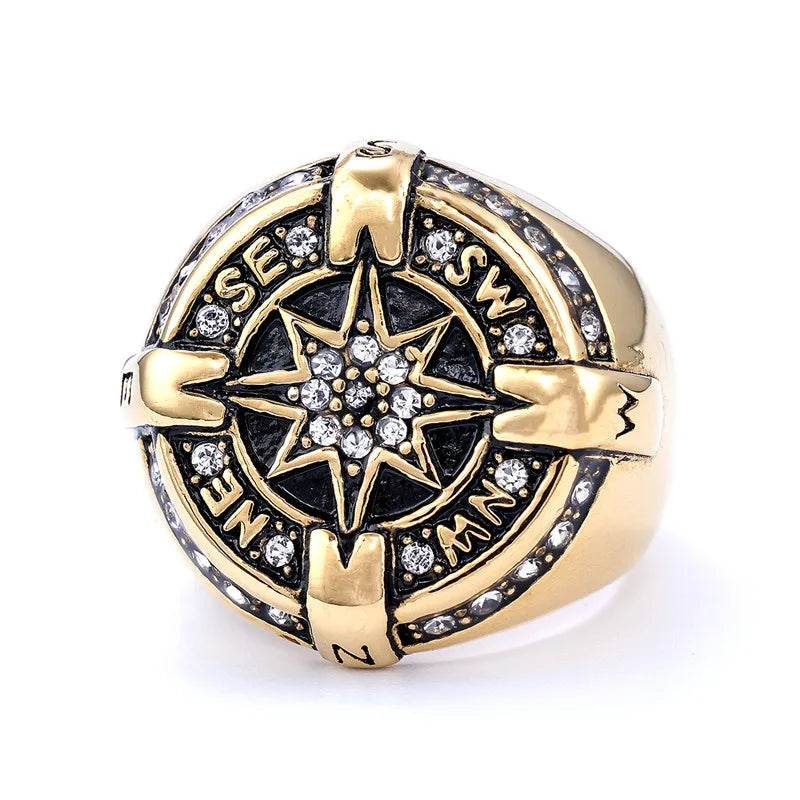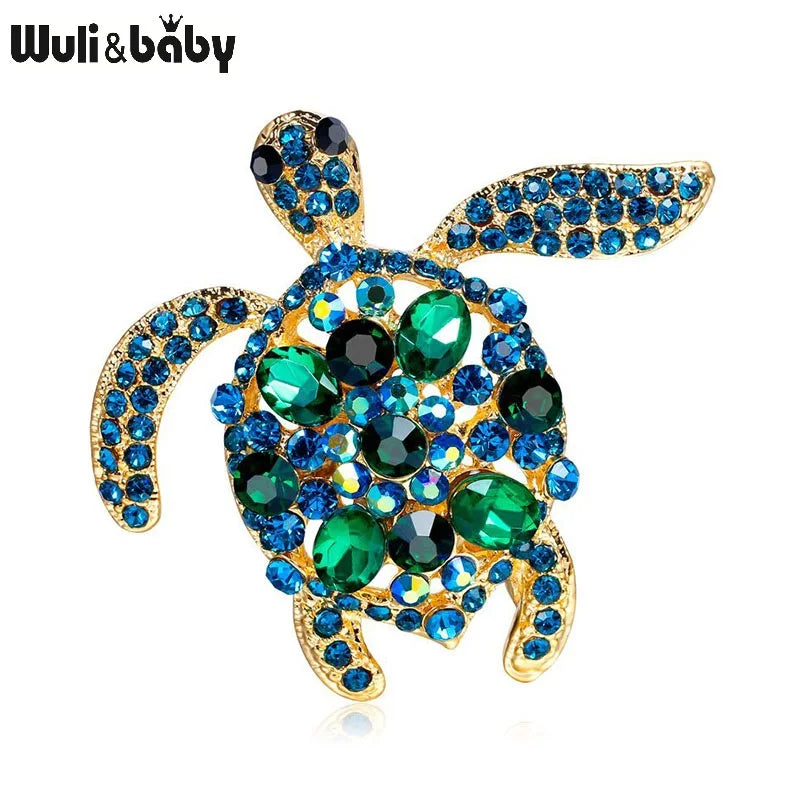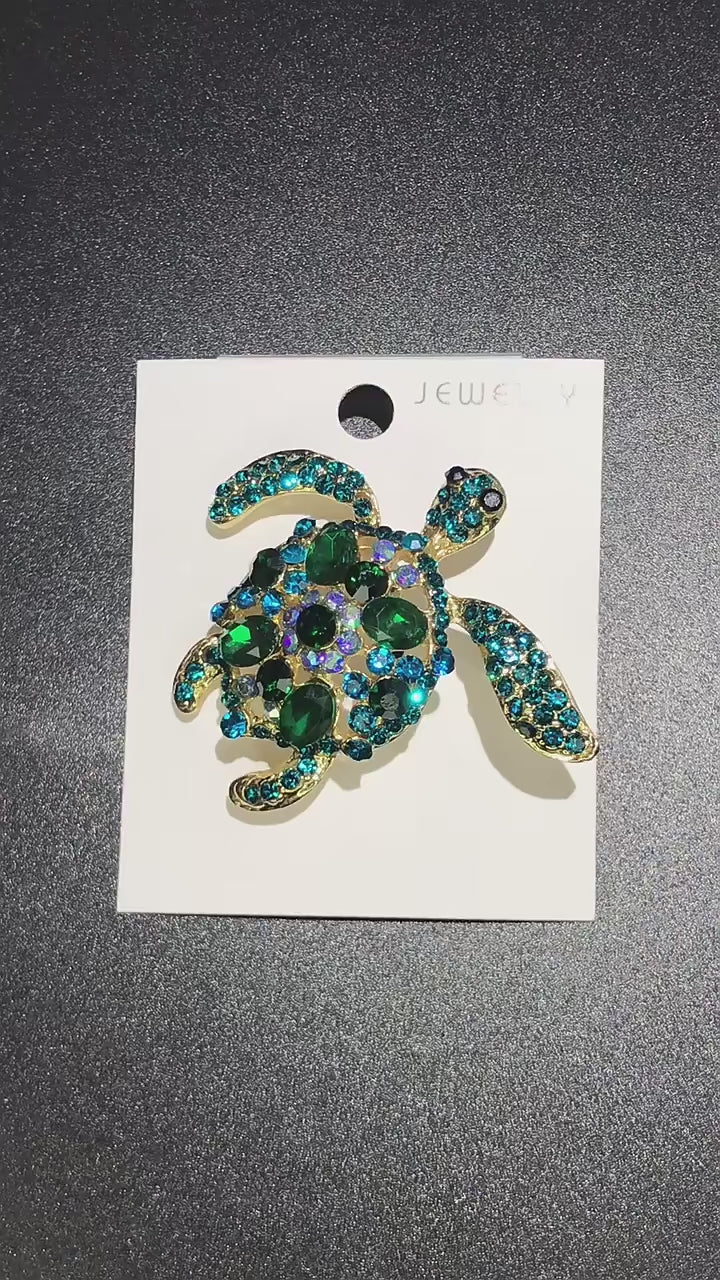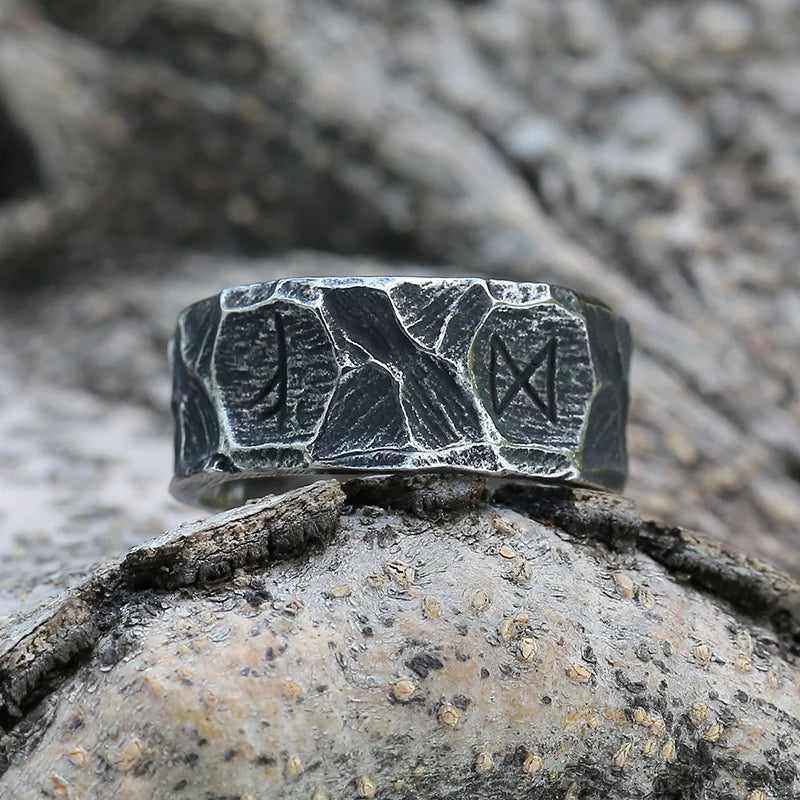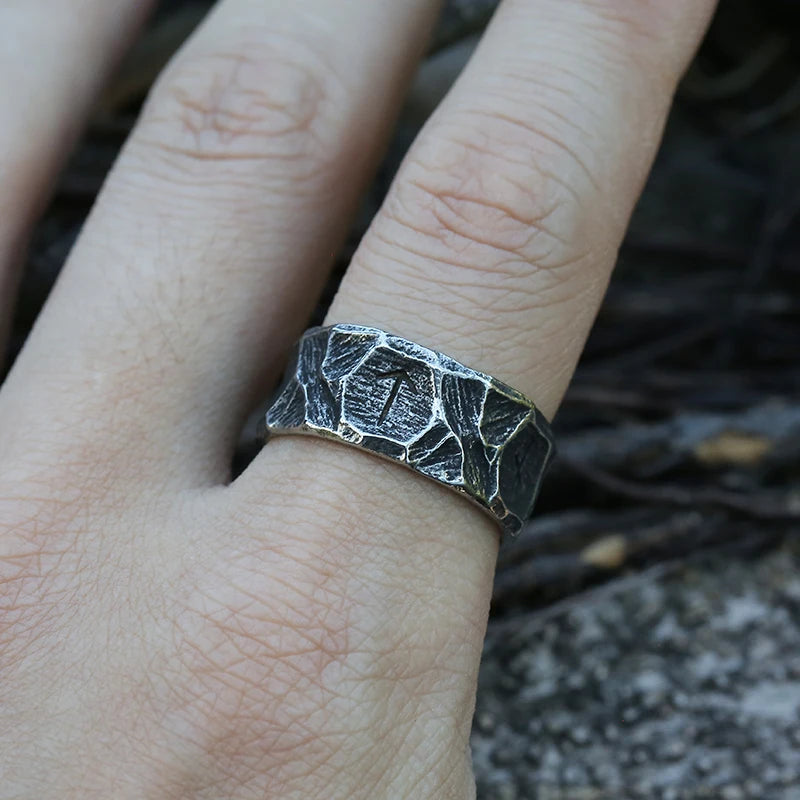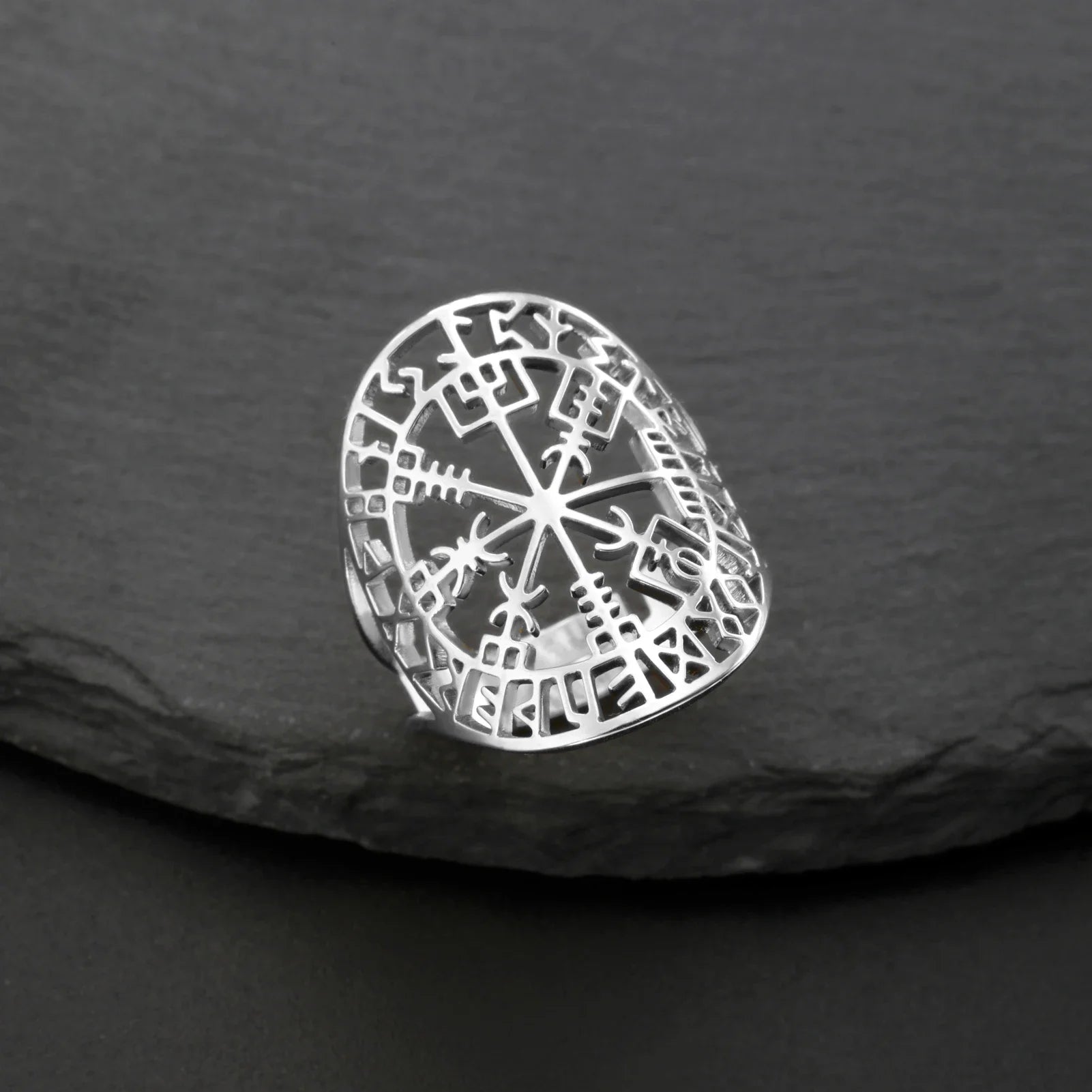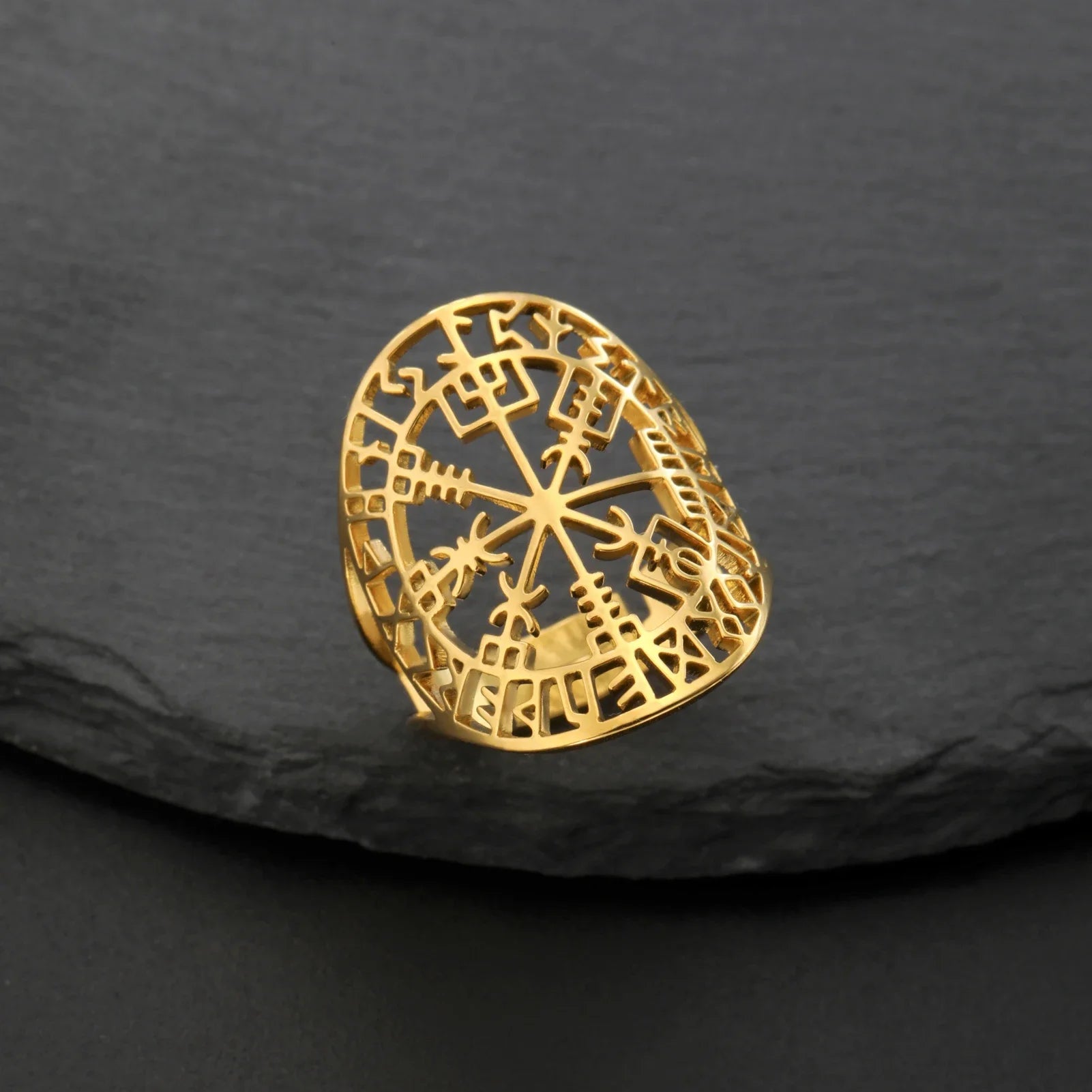Porpoises vs Dolphins: What's the Difference?
Porpoises and dolphins are often mistaken for one another, as they are both small, toothed whales that belong to the same scientific family (Delphinidae).
However, there are several key differences between porpoises and dolphins that set them apart.
Here's a closer look at the differences between Porpoises vs Dolphins
1. Appearance
One of the easiest ways to tell porpoises and dolphins apart is by their appearance. While both animals have a streamlined, dolphin-like shape, porpoises are generally smaller and more compact than dolphins. They have a more rounded head and a shorter, thicker beak, and their fins are shorter and more triangular in shape.
Dolphins, on the other hand, tend to be larger and more slender than porpoises. They have a longer, more pointed beak and their fins are longer and more curved. Some species of dolphins also have a distinctive "beak," or rostrum, which is a long, narrow snout that extends from the forehead.
2. Coloration
Another way to distinguish porpoises from dolphins is by their coloration. Porpoises are usually a dark, bluish-gray color on their backs, with a lighter, cream-colored underside. They may also have lighter markings on their sides and flanks.
Dolphins, on the other hand, can be a wide range of colors, including shades of gray, blue, brown, and black. Some species of dolphins also have distinctive markings, such as stripes, spots, or patterns on their skin.
3. Distribution
Porpoises and dolphins can be found in a wide range of habitats, including both coastal and offshore waters. However, there are some differences in their distribution patterns. Porpoises are generally found in colder, temperate waters, including the North Atlantic, North Pacific, and Arctic Oceans. They are also found in some coastal areas of Europe, Asia, and North America.
Dolphins, on the other hand, have a more widespread distribution and can be found in a wider range of habitats, including tropical and subtropical waters. They are found in all of the world's oceans, as well as some large rivers and estuaries.
4. Behavior
Porpoises and dolphins also differ in their behavior and social habits. Porpoises tend to be more solitary animals, and are often found alone or in small groups. They are generally less vocal and more difficult to observe than dolphins.
Dolphins, on the other hand, are highly social animals and are known for their playful, acrobatic behavior. They are often found in large groups, or "schools," and are known for their vocalizations and communication skills. They are also more likely to interact with humans and can be trained to perform tricks and behaviors in captivity.
5. Diet
Porpoises and dolphins also have different dietary habits. Porpoises are generally smaller and have a more specialized diet, consisting primarily of small fish and cephalopods (squid and octopus). They are skilled hunters and use their echolocation abilities to locate prey in the water.
Dolphins, on the other hand, have a more varied diet and will eat a wide range of prey, including fish, cephalopods, and crustaceans. Some species of dolphins are also known to hunt and eat larger prey, such as sharks and rays.
6. Echolocation
Both porpoises and dolphins use echolocation to navigate and locate prey in the water. Echolocation is a type of sonar system that allows these animals to emit high-frequency sounds and listen for the echoes that bounce back from objects in the water. This helps them to build a mental "picture" of their surroundings and locate objects in the water.
While both porpoises and dolphins use echolocation, there are some differences in their echolocation abilities. Porpoises have a lower frequency echolocation system, which is better suited for detecting smaller, faster-moving prey in shallow, cluttered environments. Dolphins, on the other hand, have a higher frequency echolocation system, which is better suited for detecting larger prey and open-water environments.
7. Reproduction
There are also some differences in the reproduction and parenting habits of porpoises and dolphins. Porpoises tend to have shorter gestation periods (the length of time from conception to birth) than dolphins, and give birth to a single calf at a time. They are also known for their strong maternal bonds and are often seen caring for and nursing their young.
Dolphins, on the other hand, have longer gestation periods and give birth to a single calf every two to three years. Some species of dolphins are known for their complex social systems and cooperative care of their young, with multiple adults helping to care for and defend the calf.
8. Threats and conservation
Both porpoises and dolphins face a number of threats, including habitat loss, pollution, overfishing, and the impacts of climate change. However, some species of porpoises are more at risk than others. For example, the vaquita, a small species of porpoise found in the Gulf of California, is critically endangered, with fewer than 30 individuals remaining.
There are a number of conservation efforts underway to protect and conserve porpoises and dolphins. These efforts include research and monitoring programs, habitat protection and restoration efforts, and education and outreach campaigns to raise awareness about the importance of these animals. By learning more about porpoises and dolphins and taking action to support their conservation, we can all play a part in ensuring their future survival.
Porpoises vs Dolphins, Conclusion
Porpoises and dolphins are both fascinating and intelligent animals, but they have a number of differences that set them apart. From their appearance and behavior to their diet and reproduction habits, there are many ways to tell these two species apart. By learning more about these amazing animals, we can gain a greater appreciation for their diversity and the important role they play in the marine ecosystem.

